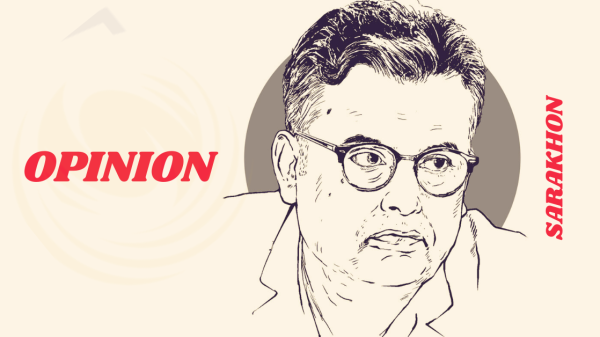MEMBERS-ONLY GOES MAINSTREAM: PRIVATE CLUBS MOVE INTO MIDSIZE U.S. CITIES

The new hospitality playbook
Private social clubs are expanding beyond coastal hubs into midsize cities, promising cabarets, curated dining and co-working as a single lifestyle package. Operators pitch “third places” with nightly programming, wellness rooms and concierge dining, borrowing tricks from boutique hotels. The appeal is predictability and status signaling in markets where fine dining and live entertainment have thinner calendars. For landlords, clubs stabilize foot traffic; for local creatives, they offer steady stages and higher-paying residencies.
Costs, culture and who gets in
Memberships can run into four figures annually, with waitlists that shape the brand as much as the amenities. Critics warn about exclusivity creep and private spaces siphoning energy from public culture. Operators counter that clubs incubate scenes that later spill into neighborhoods via pop-ups and festivals. Either way, the model is spreading as real-estate owners hunt reliable anchors and millennials trade bar hopping for “programmed nights out.” Expect hybrid models—daytime workspace, nighttime cabaret—tailored to each city’s vibe.















